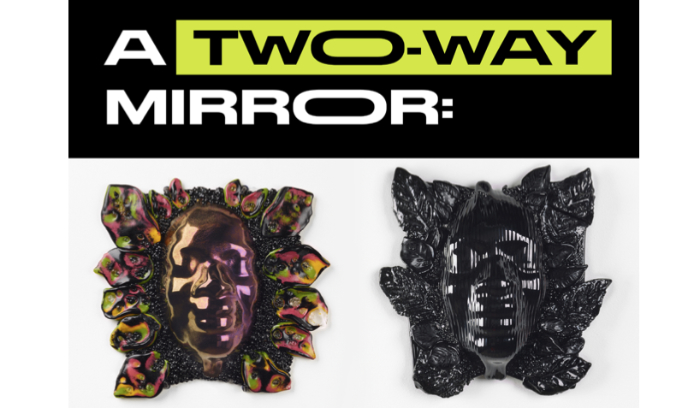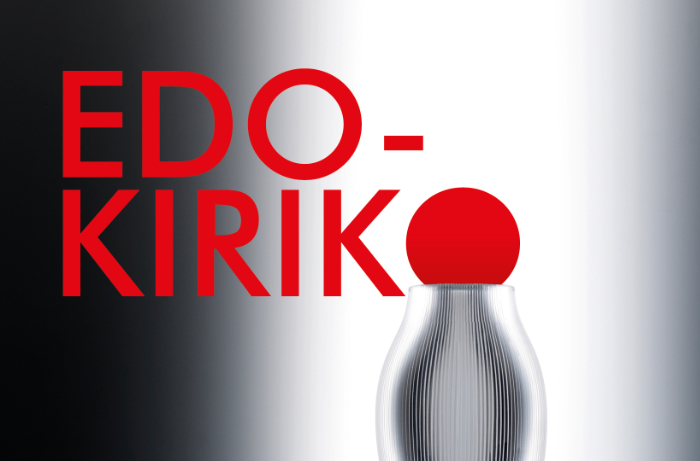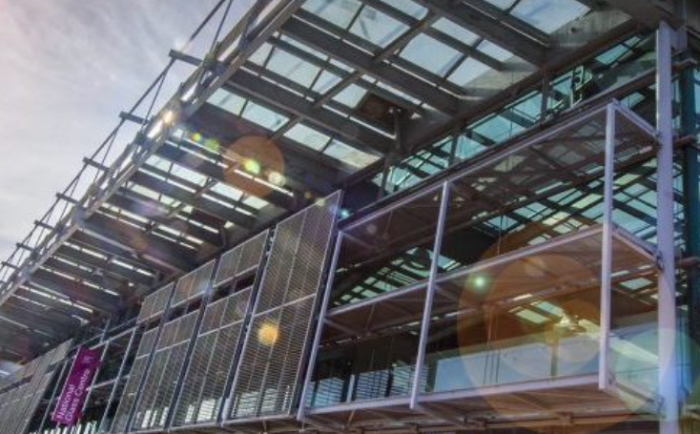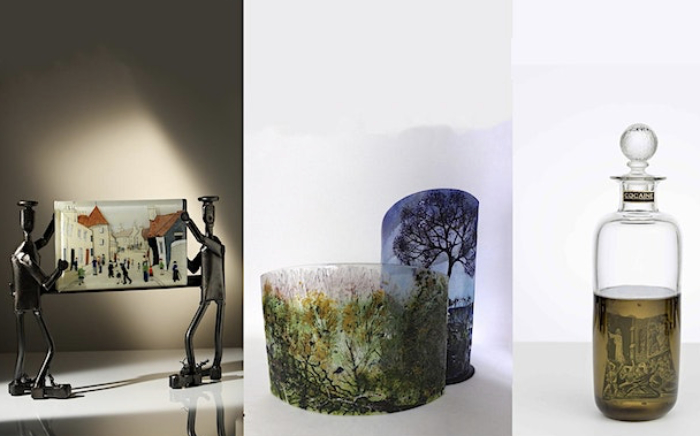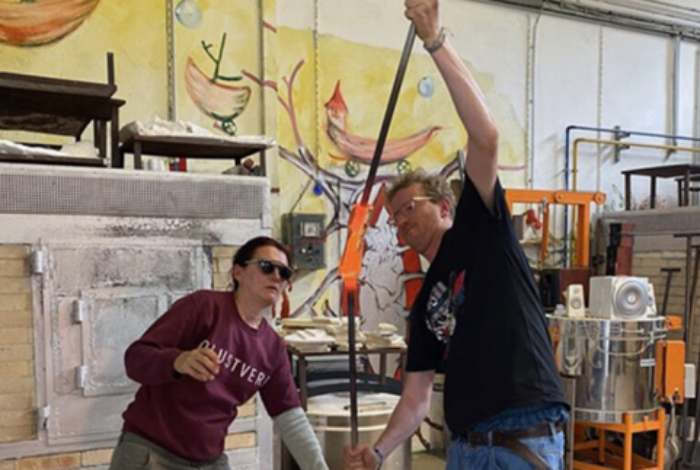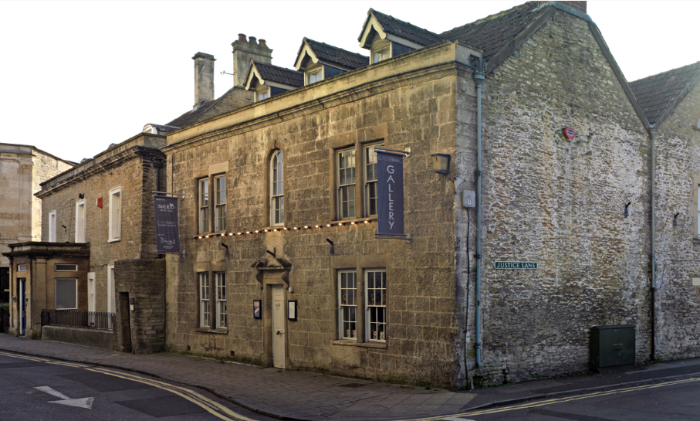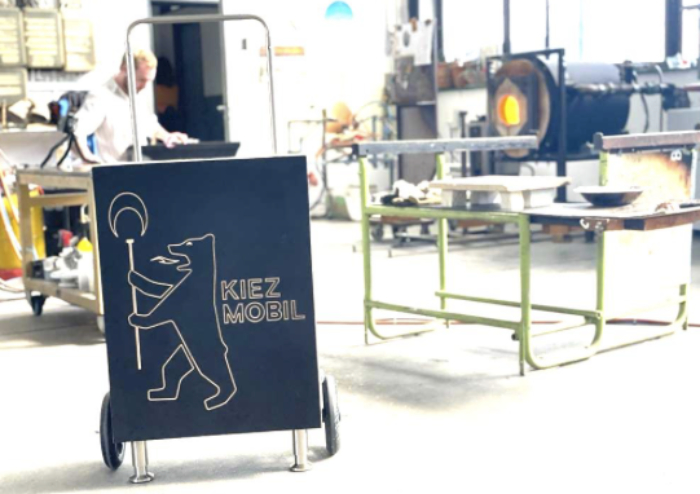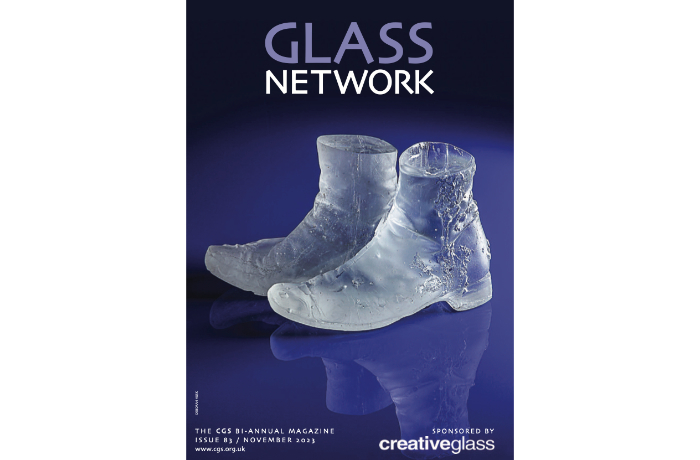
The Contemporary Glass Society’s Glass Network print magazine issue 83 (November 2023) is on its way to members, so look out for it arriving through your door.
Alongside the magazine, you’ll find a copy of the New Graduate Review, showcasing the best of the emerging talent coming out of British and Irish universities and colleges.
Fittingly, Glass Network #83 has an educational theme, too. Glass artists like Adam Aaronson share the development of their careers and discuss the mentors who inspired and supported them, as well as how they have passed on their knowledge to up-and-coming artists in their turn.
We also highlight the stained glass work of Jonathan Cooke, plus his involvement with the new apprenticeship programme launching at University of Wales Trinity St David (UWTSD) with Swansea College of Art as the approved training provider.
Another avenue for learning glass techniques is via adult education. Many people take their first steps in glass this way and some go on to make successful careers as a result. The Just Glass artists’ collective was launched by students and tutors from the Richmond Art College course who wanted to hold exhibitions and seminars. Chair Jane Vincent explains the benefits of adult education courses and how Just Glass has evolved.
Glass artist Bob Peckitt describes how he chose to work creatively after discovering that his great-great-great grandfather was William Peckitt, who painted the stained glass windows at York Minster. Read more about William’s life and work in Bob’s article.
Of course, sometimes lack of funding for courses and training can inhibit a career in glass. This is where the Queen Elizabeth Scholarship Trust (QEST) can provide grants to help. QEST’s communications manager Laura McKee highlights how the organisation has assisted glass artists to expand their knowledge and take part in prestigious exhibitions.
Hungarian glass designer Zsuzanna Deak outlines her journey with glass, which has led her to experiment with using architectural glass waste and sludge to make recycled glass.
Meanwhile, glass collector Mark Halford reviews the facilities at the recently refurbished The World of Glass in St Helen’s, including the Holford Collection, representing a third of his pieces, that he has presented on permanent loan.
Once you have read all these features, remember to check your envelope for the CGS fundraising raffle tickets, with the chance to win one of 13 glass artworks.
Glass Network is sent to members of CGS twice a year. If you would like to receive a copy, why not become a member?
Image: Front cover of Glass Network #83.

